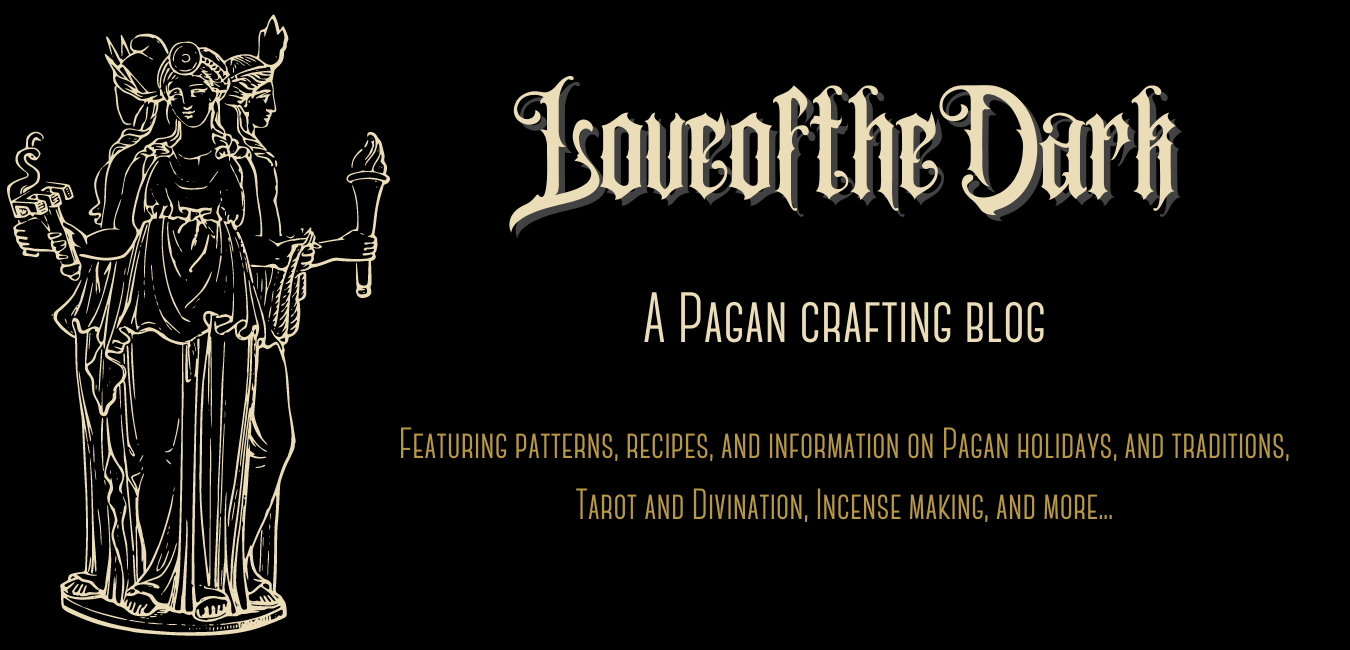Rooted in ancient Germanic and Norse traditions, Yule is a cherished holiday centered around the Winter Solstice. This important festival celebrates the longest night of the year and the rebirth of the sun, symbolizing hope, renewal, and the triumph of light over darkness. As Yule weaves through history, it intertwines traditional customs with modern interpretations, forming a tapestry of traditions celebrated across cultures and time.
Historical Roots and Modern Traditions:
Yule’s historical origins trace back to pre-Christian pagan practices where communities gathered to honor the winter solstice. It marked a time of feasting, storytelling, and lighting fires to welcome the sun’s return. Modern Yule celebrations encompass diverse customs—a blend of ancient rituals with contemporary practices. While Christmas trees aren’t really Pagan in origin, (contrary to the frequently shared misinformation you may find on pagan websites and blogs) bringing greenery into the home on the winter solstice is. Decorating trees or garlands of greenery with ornaments symbolizing life’s continuity, lighting candles on an advent wreath each week leading to the solstice, and creating sacred spaces for contemplation reflect the fusion of old and new traditions.
Traditional Crafts and Activities:
Engaging in traditional Yule crafts adds a touch of enchantment to the season. Creating handcrafted Yule ornaments using pinecones, dried citrus slices, and cinnamon sticks infuses homes with earthy scents and rustic charm. Crafting a Yule wreath from evergreen branches or making Yule log decorations embodies the spirit of renewal and the cycle of nature, fostering a connection with ancient traditions.
Yuletide Mulled Cider Recipe:
Indulge in the warmth of the season with a comforting Yuletide Mulled Cider:
- 1 gallon apple cider
- 4 cinnamon sticks
- 1 teaspoon whole cloves
- 1 teaspoon whole allspice
- 1 orange (sliced)
- 1 lemon (sliced)
- 1/2 cup brown sugar (optional)
- Rum or brandy (optional)
Combine all ingredients in a large pot. Bring to a simmer over medium-low heat. Let the cider simmer for at least 30 minutes to allow the flavors to meld. Serve warm and garnish with cinnamon sticks or citrus slices. For an adult version, add a splash of rum or brandy to each mug.
Yule Magickal Spell – Candle Ritual for Renewal:
For a simple Yule ritual, perform a candle ceremony for renewal. Light a white or yellow candle, symbolizing the returning sun, and focus on your intentions for the coming year. Meditate on renewal, growth, and releasing what no longer serves your highest good. Visualize the flame illuminating your path, bringing clarity and revitalization into your life. Write down your aspirations or affirmations and place them near the candle, letting the flame infuse them with positive energy. Sit in quiet reflection, feeling the warmth of the candle’s light and envisioning your intentions manifesting as the sun’s energy strengthens.
Yule celebrates the interconnectedness of nature and the promise of light’s return during the darkest days of winter. Whether engaging in age-old customs or infusing new elements into the festivities, Yule invites us to embrace the beauty of the season, kindle hope, and celebrate the enduring cycle of renewal.
How do you celebrate Yule?



You must be logged in to post a comment.